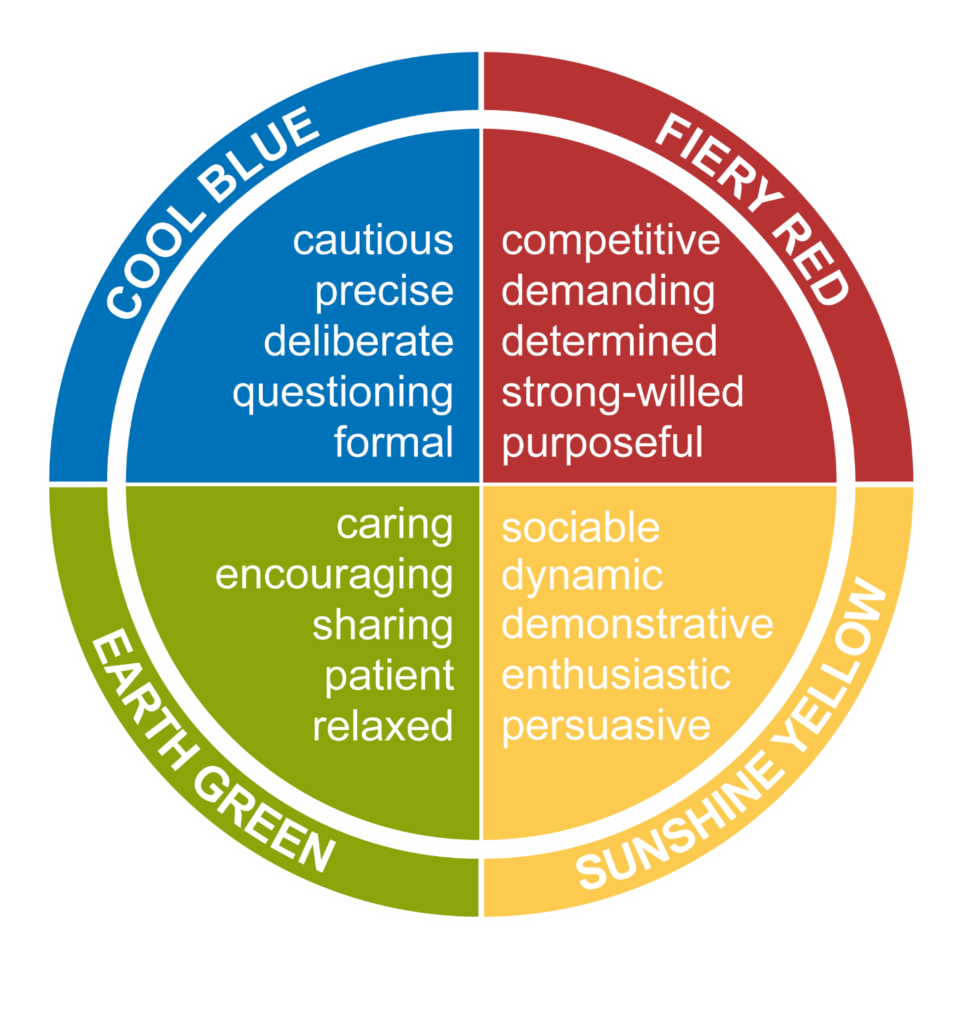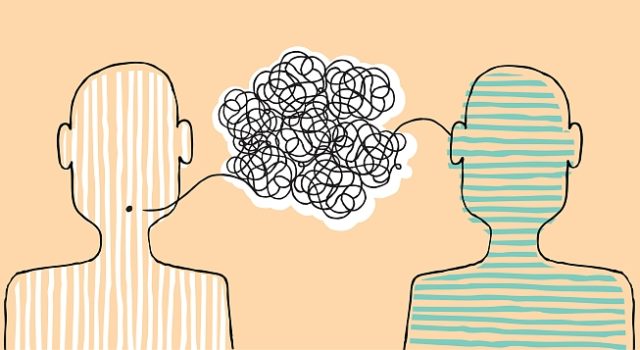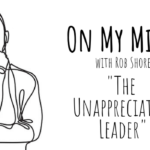Product knowledge? Check.
Ready to add value? Check.
Effectively communicate your message? Many of us need improvement.
Scott Schwefel has been teaching wholesalers a better way to quickly and easily identify the unique personality styles of clients for the last 15 years, and with great success. He has worked with over 1000 organizations that want to leverage new communications strategies that increase sales, profits and productivity. He has also worked with over 2500 CEOs personally.
After starting, growing and selling 3 different businesses, Scott now delivers keynotes speeches, and trains CEOs and executives in selling skills and leadership throughout the world. He has spoken in London, Paris, Geneva, Scotland, Amsterdam, Shanghai, Kuwait and throughout North America. He has also lived with the Hadza and Massai tribes in Tanzania, adding to his global perspective.
Not Just Another Model
What has been missing from most models is not just a simple way to decipher style, but also a way to really discover deeper buying motives, and the underlying reason why clients make their buying decisions the way that they do. It is the coupling of the simple, with the deeper motives that makes the model that Scott teaches so powerful.
At the heart of this model is the brain science behind decision making. It is about understanding how the brain works in decision making, and how people can learn to leverage conscious thought versus less conscious thought to initiate new behaviors leading to better results.
The reason for this is because our less conscious brain does what it always does, it takes tasks away from our conscious brains, so we don’t have to think about so many things. It really does help us get through life, but with one significant exception. Managing relationships, and communicating with other people, especially clients, is often mismanaged through our less conscious, and can be BEST managed using our conscious brain, with active awareness about whom we are communicating with, and which ways we could communicate for maximum impact.
The model Scott teaches is Jungian based, like MBTI, or Meyers Briggs, and consistent with DiSC models, but offers so much more. It offers up a simple way to “see” your clients for who they are, which in detail means how they gather information, and how they make decisions, but also offers a level of depth into their deeper motives, decision making and desires. It is consistent across countries, cultures and gender, and has been proven in thousands of studies. It just works, and its easy to learn.
 Here is a graphic, and a quick explanation of the simple side of the model, and to experience the full depth of Discovery, there will be a special offer just for wholesalers at the end of this short article.
Here is a graphic, and a quick explanation of the simple side of the model, and to experience the full depth of Discovery, there will be a special offer just for wholesalers at the end of this short article.
The model, like most four quadrant models of personalities, is symmetrical, meaning opposite personalities styles are positioned opposite of each other. The right side of the wheel represents extroversion, and the left side represents introversion. The top of the model, fiery red and cool blue represent thinking-based, data-based, logic-based decision makers, and the bottom of the model represent feeling based, people based, relationship-based decision makers, earth green and sunshine yellow.
And while this model may seem simple, it may be the most powerful way to understand others, and how to communicate with them as a result. Why? Because it is Jungian based, like MBTI, (the Meyers Briggs Type Indicator), but initially only uses four of Carl Jung’s attitudinal functions, rather than all eight. This enables a quick and accurate way for wholesalers to sort advisors by type, and begin adapting and connecting immediately, and then move more deeply into the model as their interactions continue.
All these key connecting principles can be used in person, via email, in phone conversations and voice mail messages, and even texts. By simply answering two questions, almost instantaneously, wholesalers know their best approach, and can act.
First, they decide, introversion vs extroversion. Extroverts make strong eye contact and are more comfortable talking. Introverts shy away from strong eye contact and listen more reflectively.
Secondly, decision making style is best indicated by two things, two key words that may be used, and the show of emotion. Believe it or not, logic-based decision makers tend to say “I think” frequently and feeling based decision makers say “I feel” frequently. Try listening to others with consciousness, and you will hear these terms in every conversation you have with others. The second way to differentiate decision making styles, is by seeing the show of emotion. “Feelers” as we call them, show emotion, and “thinkers” do not. If an advisor is showing a lot of emotion, it’s an easy indicator of their sunshine yellow preference. If just a little emotion shows, it may be earth green. Don’t confuse high activity with emotion, fiery red is a very active preference, but will typically not show emotion. Lastly, cool blue shows the least emotion, if at all, and low or no activity.
An Easy Shortcut to Remember:
You determine – Fast, no emotion = Fiery Red – the action you take – speed up
You determine – Slow, with emotion = Earth Green – the action you take – slow down
You determine – Fast, with emotion = Sunshine Yellow – the action you take – smile more
You determine – Slow, no emotion = Cool Blue – the action you take – smile less
A great 15-minute summary is this short Ted Talk www.scottstedtalk.com with over a million views
Special Offer for Wholesaler Masterminds® Readers
To really understand your self in this model in amazing detail, and also consider how you can know the same level of information about literally everyone of your advisors, just send an email to kenzie@discoveryourself.com and we will send you a link and unique referral code to get your own Insights Discovery profile. In just 10-12 minutes you will get the most accurate 20-page personality profile that exists in the industry today.


 Why Do a Few Highly Successful Wholesalers Consistently Outperform Their Peers? with Anthony Iannarino
Why Do a Few Highly Successful Wholesalers Consistently Outperform Their Peers? with Anthony Iannarino Storytelling: The Wholesaler’s Secret Weapon with Rob Salafia
Storytelling: The Wholesaler’s Secret Weapon with Rob Salafia You Might Be The Best, But You Can Still Be Better with Mark Sanborn
You Might Be The Best, But You Can Still Be Better with Mark Sanborn 3 Ways Wholesalers Make a Difference in the Lives of Their Clients, Coworkers, Family and Friends with Mark Scharenbroich
3 Ways Wholesalers Make a Difference in the Lives of Their Clients, Coworkers, Family and Friends with Mark Scharenbroich On My Mind: The Unappreciative Leader
On My Mind: The Unappreciative Leader